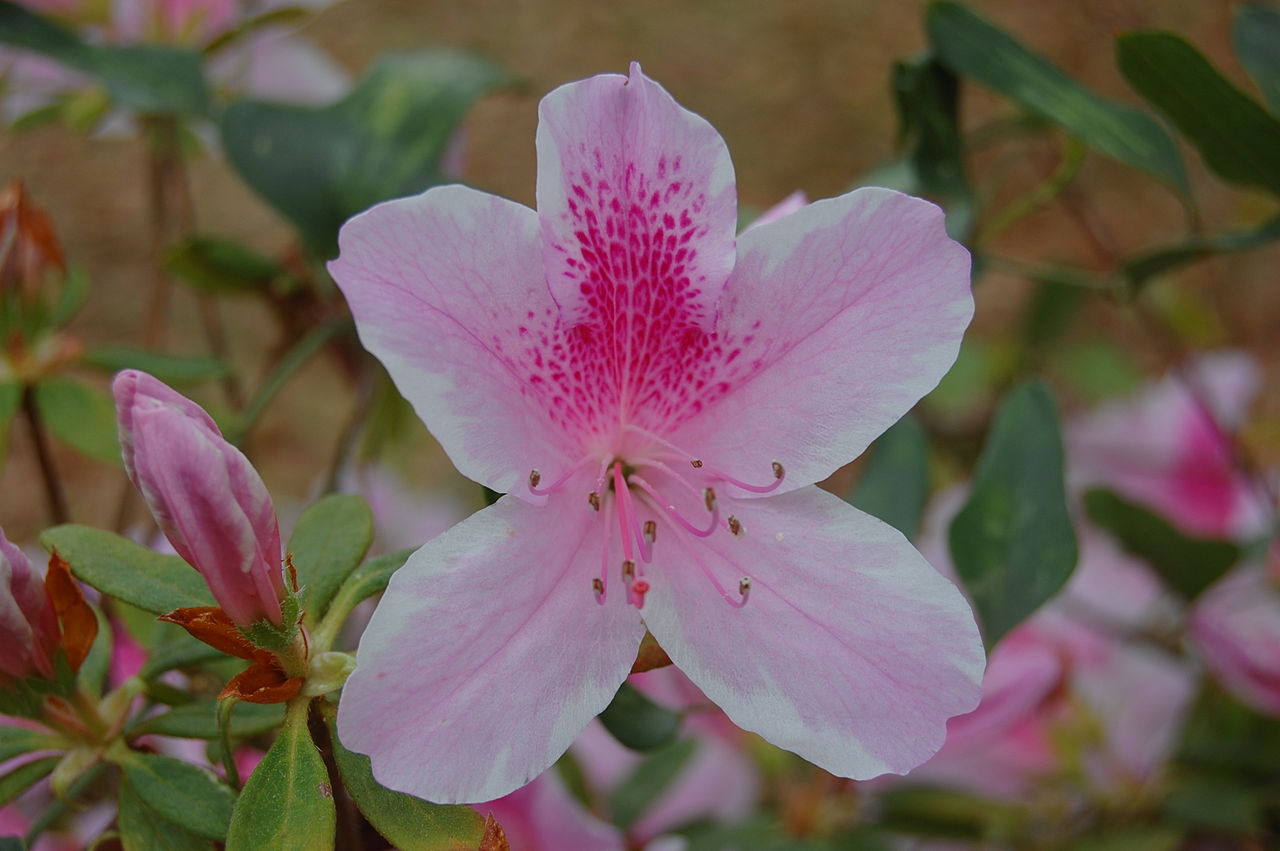By Elliott Brack
Editor and Publisher, GwinnettForum
JAN. 27, 2023 | Remember those long days of below freezing temperature in Atlanta in December?
![]() Bet it played havoc with your outdoor plants and bushes. It sure did mine.
Bet it played havoc with your outdoor plants and bushes. It sure did mine.
What looks particularly bad in our yard are the azalea bushes. Before the heavy freeze, their leaves were healthy-looking and green. But after the freezing hit them, their leaves first turned brown, and lately many have been shed.
The bushes look like they might have to be replaced, and these are big, 50 year old plants which bloom beautifully each spring, and then we cut them back slightly.
Other bushes around our lot have also been hit hard, though the azaleas are all over our yard, and show the heavy signs of the cold weather.
What to do?
We went to an expert, Tim Daly, who for 16 years was the University of Georgia Extension Agent in Gwinnett, and now holds a similar post in Henry County. (However, he still lives in the southern part of Gwinnett.)
Tim says: “Most of the azaleas in this part of the state are pretty cold tolerant and will survive. Most of them will probably leaf out in the spring. My own azalea bushes handled the cold pretty well. For sure, don’t start trimming them back until spring, and then you probably will see them bloom out well. You always cut azaleas after they bloom.”
Tim says that one bush variety that doesn’t handle cold well are the hydrangeas. “They may suffer some damage. However, bush plants in your yard have their roots in the ground, and may surprise you at how hearty they are. Wait for them to leaf out in the spring.”
Tim’s right about one thing: the hydrangeas we have seen look mighty puny these days, with their leaves almost crumbling. They usually start leafing out before azaleas, so they could be a harbinger of how serious the damage was to our plans from the prolonged freeze.
Now in general, here are some ways other plants were impacted: Kim Fritz of the Gwinnett UGA Extension office gives some ways that many other outdoor plants were impacted:
- Pansies, commonly planted in large masses, such as the square in Lawrenceville, suffered damage, but most will recover. Remove dead leaves and flowers and apply fertilizer.
- Container gardens and raised planters may have sustained the most damage. After all, being that they are above ground, their root systems were more exposed and stayed frozen for longer. Keep them watered.
- Most trees and shrubs adapted to our area should be all right. See how they leaf out in the spring.
- Cool season garden plants, such as cabbage, collards, turnips, and arugula, were hit hard and many perished. Those that survived may be all right. Ensure they receive adequate water and fertilizer.
- Our lawns should be fine. Exceptions may be ones that are composed of centipede grass and St. Augustine grass. Observe how they green up in the spring to determine if any damage has occurred.
So, in general, be patient, and for sure, don’t get out the clippers yet! Give Mother Nature a chance! She’s a mighty dependable dame.
GERRYMANDERING: This cartoon is perhaps the best we’ve seen in explaining how gerrymandering works. It’s from the South Carolina cartoonist Robert Ariail of Camden, S.C., and first appeared in the Charleston, (S.C.) City Paper, which gave us permission to run. Isn’t this great?
- Have a comment? Send to: elliott@brack.net











Follow Us